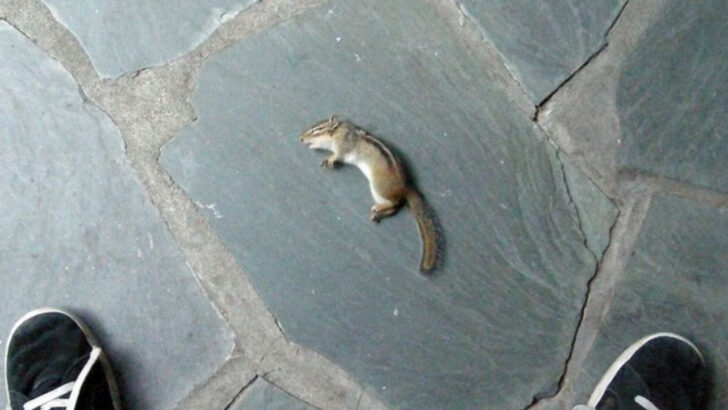Some animals are better actors than most Oscar winners.
And they’ll fake their own death without flinching—just to mess with you.
We’re not talking about a quick flop and bounce back up.
We’re talking full-body commitment. Tongue out. Legs stiff. Eyes glazed.
Then—surprise! They’re up and sprinting while you’re still trying to process what just happened.
Predators fall for it. Humans fall for it.
And sometimes, you swear these creatures enjoy the drama a little too much.
These aren’t your average survival tricks.
These are 15 creatures who have mastered the art of playing dead—
and they do it with flair, precision, and maybe a touch of sarcasm.
You’ll never look at a fainting goat the same way again.
Virginia Opossum
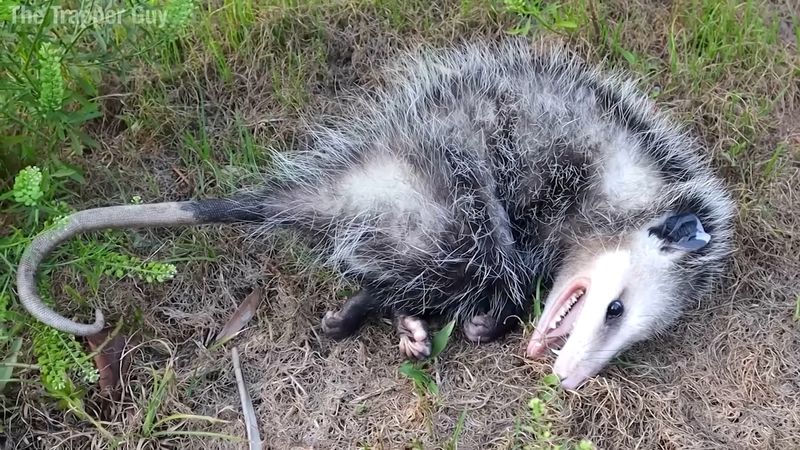
The Virginia opossum, with its expressive visage, is a master of deception. When threatened, it collapses, mouth agape, eyes glazed. The act is so convincing that even seasoned predators might pause. This involuntary response, often lasting hours, confuses attackers, giving the opossum a chance to escape once danger passes.
Its ability to emit a foul odor during this act further deters predators, enhancing the charade. Unrivaled in its commitment to the performance, the opossum exemplifies nature’s dramatic flair.
Many a hiker has been fooled by this act, mistaking the opossum’s theatrical display for the real thing.
Hognose Snake
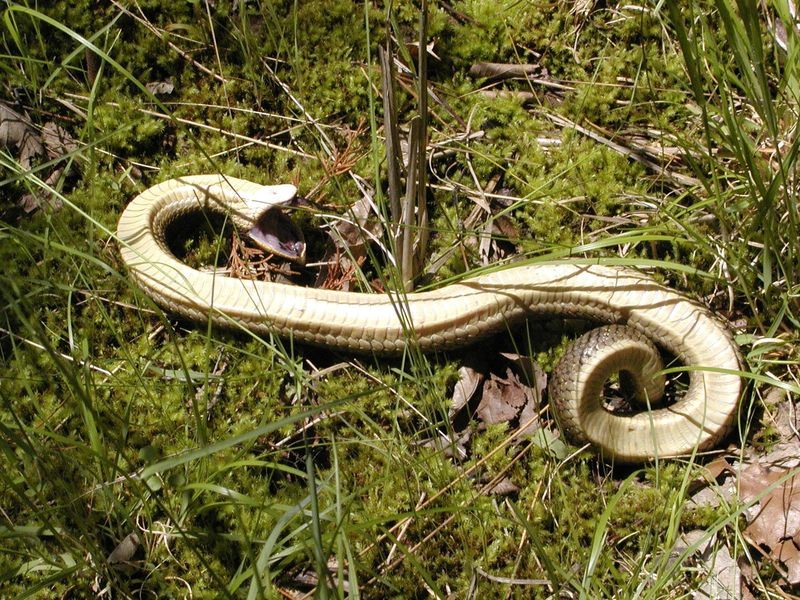
The Hognose snake is nature’s performer extraordinaire. This serpent takes deception to another level by flipping over, belly exposed, tongue hanging, mimicking death in a last-ditch effort to dissuade predators.
Its theatrical display sometimes includes releasing a foul scent, adding authenticity to its portrayal of lifelessness. Despite its bold act, the Hognose snake is harmless to humans, making it a fascinating subject for herpetologists and snake enthusiasts alike.
A snake with a flair for drama, it’s often referred to as the “actor of the animal world.”
Redback Spider
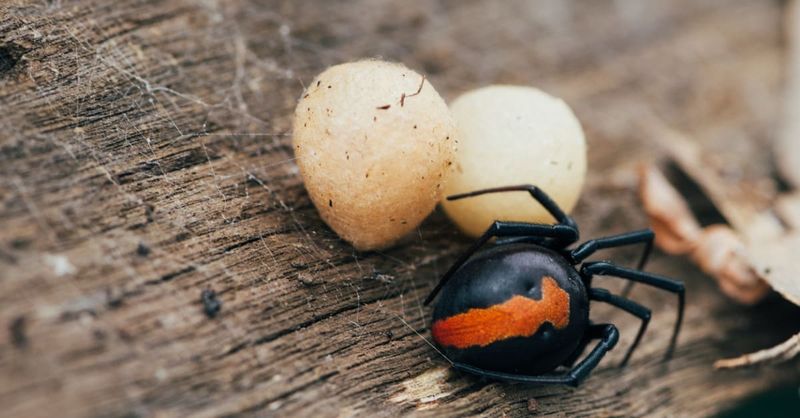
The Redback spider, renowned for its potent venom, adds another layer to its defense repertoire by playing dead. This arachnid curls its legs under its body, remaining motionless when threatened.
The strategy is a clever way to avoid predators who might find its venomous bite less appealing than they first assumed. For a creature so small, its ability to manipulate perceptions is impressive.
The Redback’s death feigning is a testament to the intricate survival tactics employed by spiders across the globe.
Pygmy Grasshopper
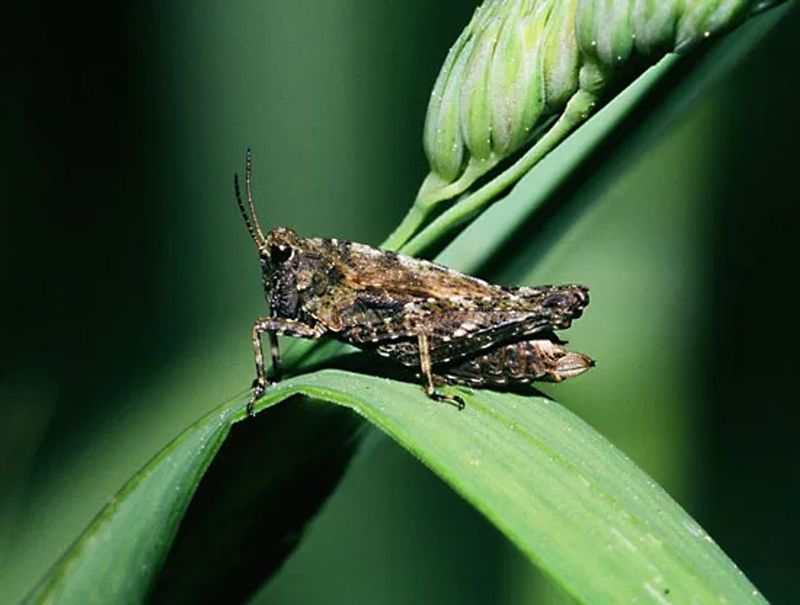
In the sunlit meadows, the Pygmy Grasshopper employs its unique survival tactic by playing dead. When danger approaches, it topples over, remaining still, a convincing act that often saves its life.
Though minute, its commitment to the act is unwavering, showcasing the power of stillness in the face of peril. This tiny grasshopper’s performance often leads predators to seek more promising prey.
The Pygmy Grasshopper’s ability to play dead demonstrates the diverse array of defense mechanisms in the insect world, where size doesn’t dictate survival prowess.
Eastern Chipmunk
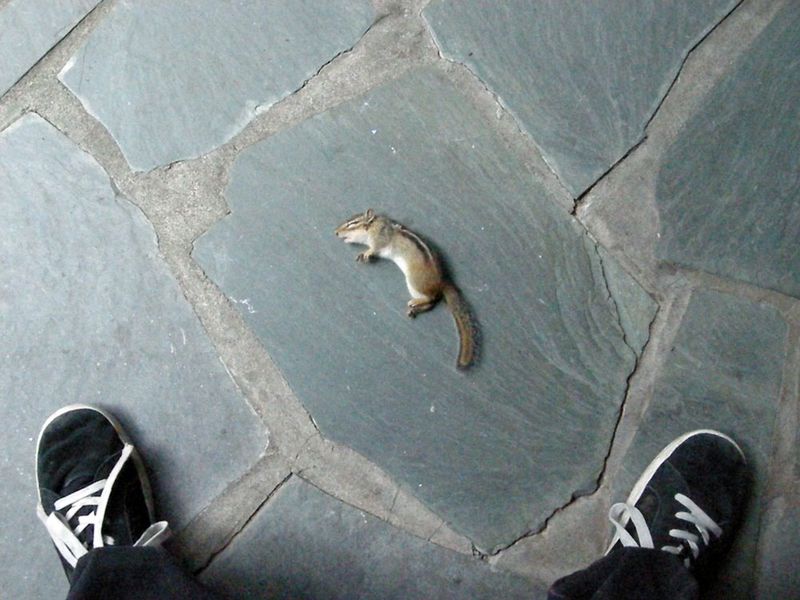
If you spot an Eastern Chipmunk lying motionless among autumn leaves, it might just be fooling you. This small mammal occasionally feigns death to avoid avian predators.
Its performance involves going limp, an uncanny ability that can convince even the keenest eyes. This behavior is not common but proves effective when employed.
By mastering the art of playing dead, the Eastern Chipmunk adds to its repertoire of survival strategies, ensuring its continuation in the wild.
Northern Fulmar
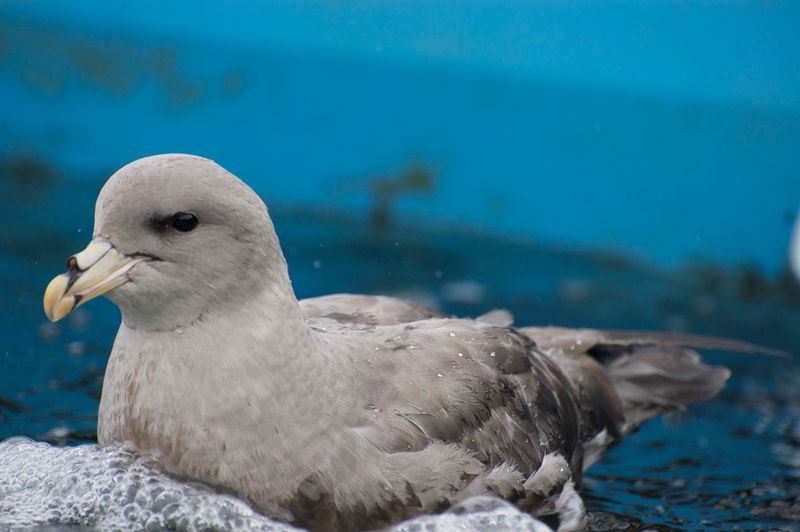
The Northern Fulmar chick, nestled on coastal cliffs, has a unique way to deter predators. This seabird chick plays dead, complemented by its ability to projectile vomit a foul-smelling oil at attackers.
The combination of stillness and scent creates a powerful deterrent against predators, ensuring its safety. This strategy, though messy, is remarkably effective, showcasing the chick’s resourcefulness.
The Northern Fulmar’s tactics highlight the innovative survival strategies found in the avian world, where deception and defense go hand in hand.
Death Feigning Beetle
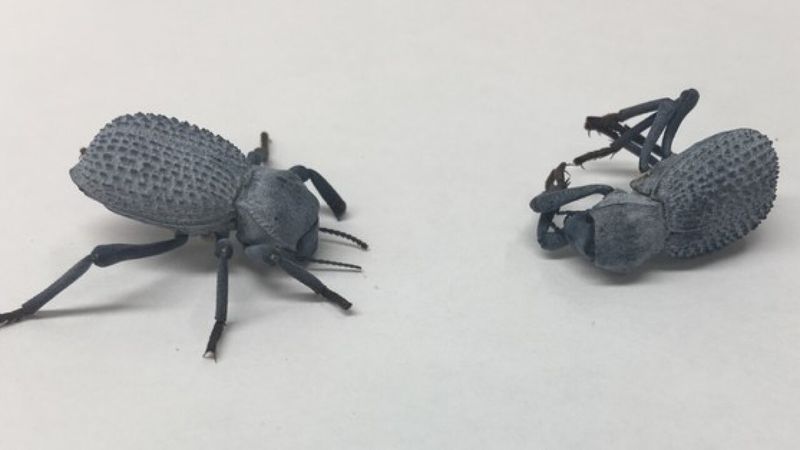
In the arid deserts, the Death Feigning Beetle lives up to its name. When threatened, it flips onto its back, legs curled, simulating death with convincing stillness.
This beetle’s act is a remarkable testament to the power of deception in nature’s survival arsenal. Its stillness often deters predators, who seek more active prey.
With its simple yet effective approach, the Death Feigning Beetle underscores the effectiveness of playing dead as a survival strategy in harsh environments.
African Cichlid

Within the vibrant waters of African lakes, the African Cichlid exhibits an unusual behavior. When under threat, it pretends to be dead, lying on its side, a convincing act that often deters predators.
This tactic is particularly effective in the competitive aquatic environment, where quick thinking ensures survival. The cichlid’s ability to deceive not only predators but sometimes aquarists as well, is a testament to its adaptability.
African Cichlids prove that even in water, the age-old tactic of playing dead can be a lifesaver.
Limpkin
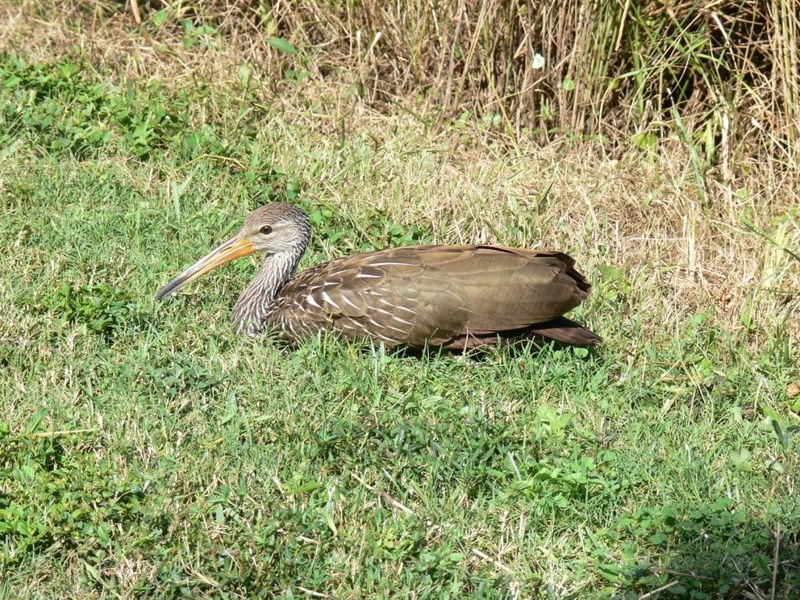
In the swamps of the Americas, the Limpkin may seem vulnerable at first. However, this bird can suddenly play dead, lying motionless with wings slightly spread.
This behavior confuses predators, buying the Limpkin time to make a hasty retreat. Though not its primary defense, this tactic showcases the bird’s versatility in evading danger.
The Limpkin’s occasional death feigning adds another layer to its behavioral repertoire, highlighting the varied tactics birds use to outmaneuver threats.
Common Eider Duckling
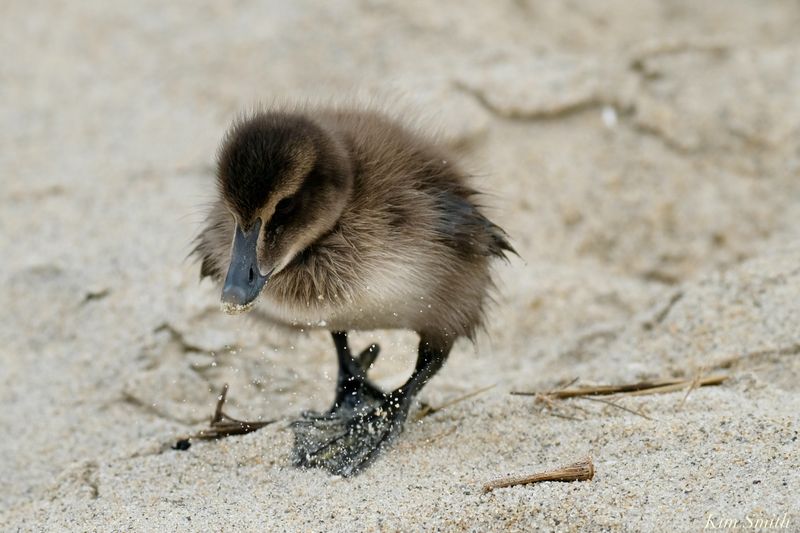
Amid the chilly northern coastlines, the Common Eider duckling has a unique defense tactic. When threatened, it plays dead, lying motionless with fluffy feathers tousled by the wind.
This behavior is a clever way to avoid predators while conserving energy. The duckling’s ability to feign death is a small yet significant survival tool.
By mastering the art of stillness, the Common Eider duckling ensures its place in the dynamic ecosystems of the north.
Green Anole
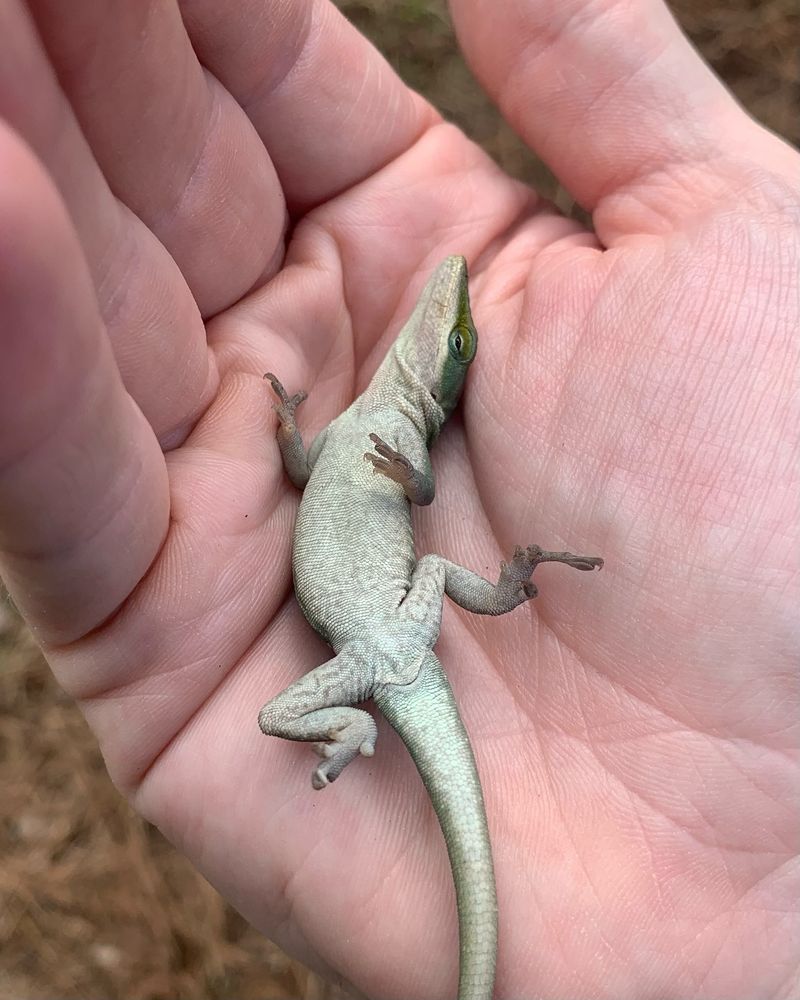
The Green Anole, a tree-dwelling lizard, displays a theatrical side when threatened. It may suddenly lie flat against a branch, eyes closed, mimicking lifelessness.
This act is a strategic move to avoid predators in its arboreal environment. By blending in with its surroundings, the Green Anole increases its chances of survival.
Known for its vibrant color, this lizard’s ability to play dead adds to its array of survival strategies, ensuring it remains a staple in its native habitats.
American Woodcock
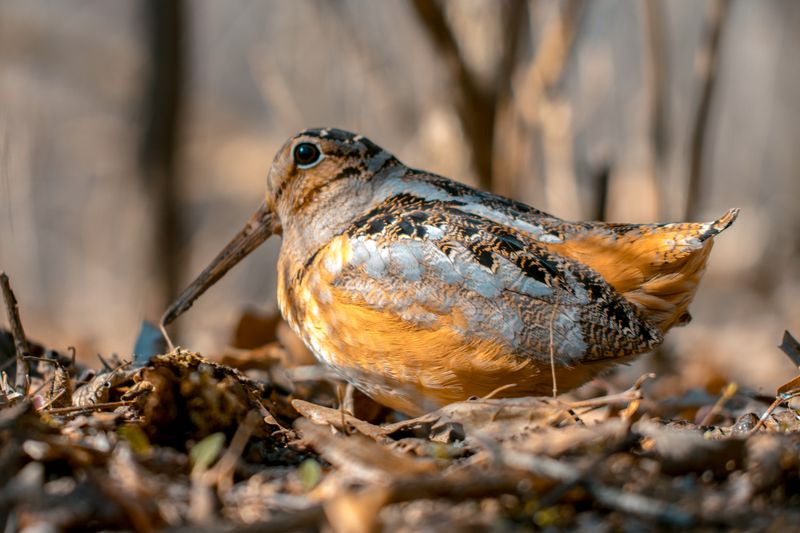
The American Woodcock, with its mottled plumage, excels at camouflage. When disturbed, it may choose to play dead, lying still among the forest debris.
This behavior is an effective means of evading predators, allowing the bird to capitalize on its natural camouflage. The woodcock’s ability to remain motionless enhances its survival in the wild.
Through its artful mimicry of death, the American Woodcock demonstrates the power of deception in nature’s survival playbook.
European Fire-bellied Toad
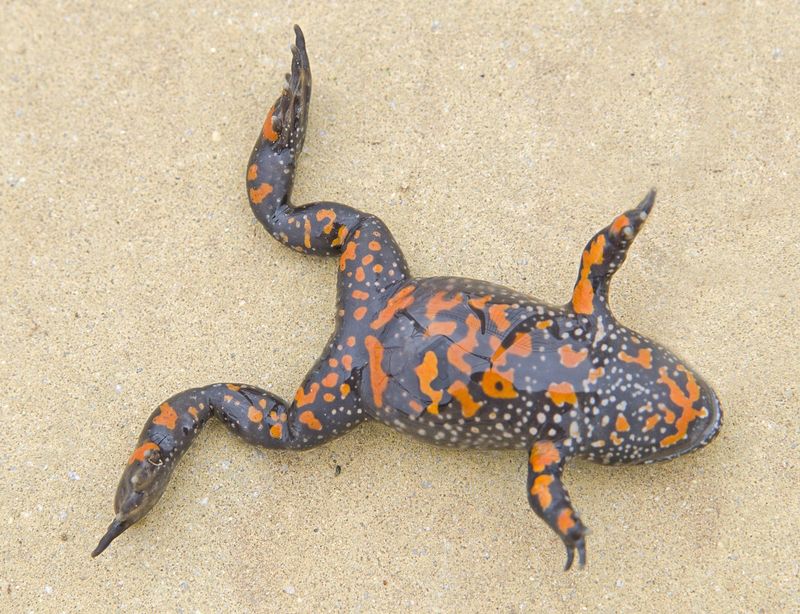
When threatened, the European Fire-bellied Toad employs an unexpected trick. It flips onto its back, revealing a vibrant red and black belly. This shocking display is designed to startle predators, but there’s a second layer to this ruse.
The toad remains motionless, imitating death, which often confuses or deters potential threats. Its striking appearance, combined with the sudden stillness, makes it a fascinating practitioner of thanatosis.
These amphibians thrive in various European habitats, their bright colors serving as both a warning and a diversion. They are truly nature’s colorful actors in survival.
Bullfrog
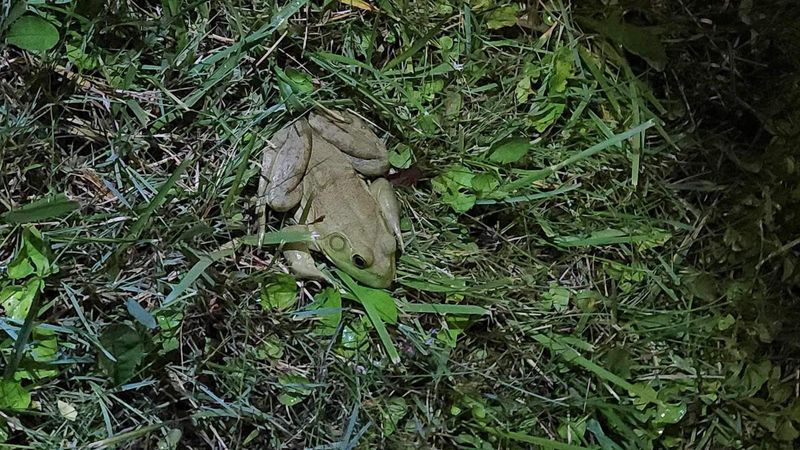
Bullfrogs are more than just croaky singers in the night; they have a trick up their sleeves. When a predator approaches, these frogs can lie perfectly still, convincing their adversaries they’re lifeless.
This behavior buys them precious moments, as many predators lose interest in unresponsive prey.
Found near ponds and marshes, bullfrogs benefit greatly from this tactic, ensuring they hop away to safety once the danger has passed. Their adaptability and cunning make them a unique study in the art of deception.
Atlas Moth
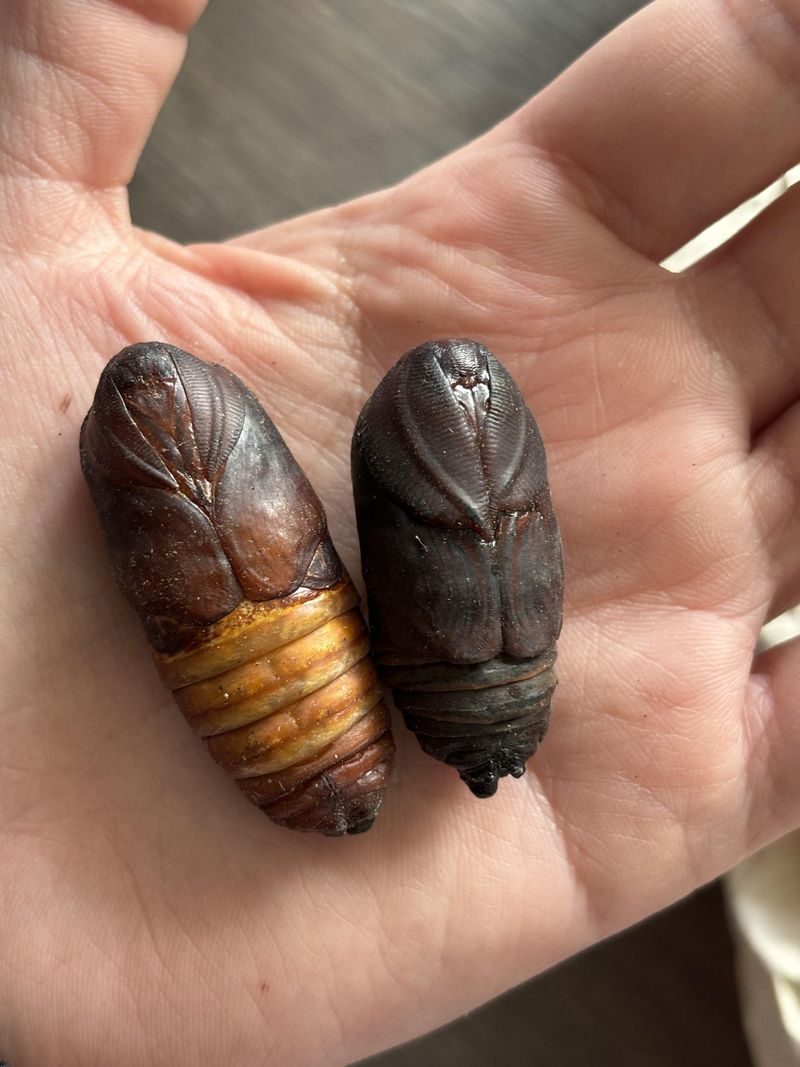
The Atlas Moth, with its immense wingspan, is an artist of disguise. When under threat, it remains utterly still, masquerading as a dead leaf or bark. This ruse is particularly effective thanks to its wing patterns, which resemble dried leaves or even snake heads.
By playing dead, the moth avoids becoming a meal for birds or small mammals.
These moths are native to the forests of Southeast Asia, where their cryptic appearance and immobility are essential for survival. The Atlas Moth exemplifies the silent drama of nature’s survival strategies.

